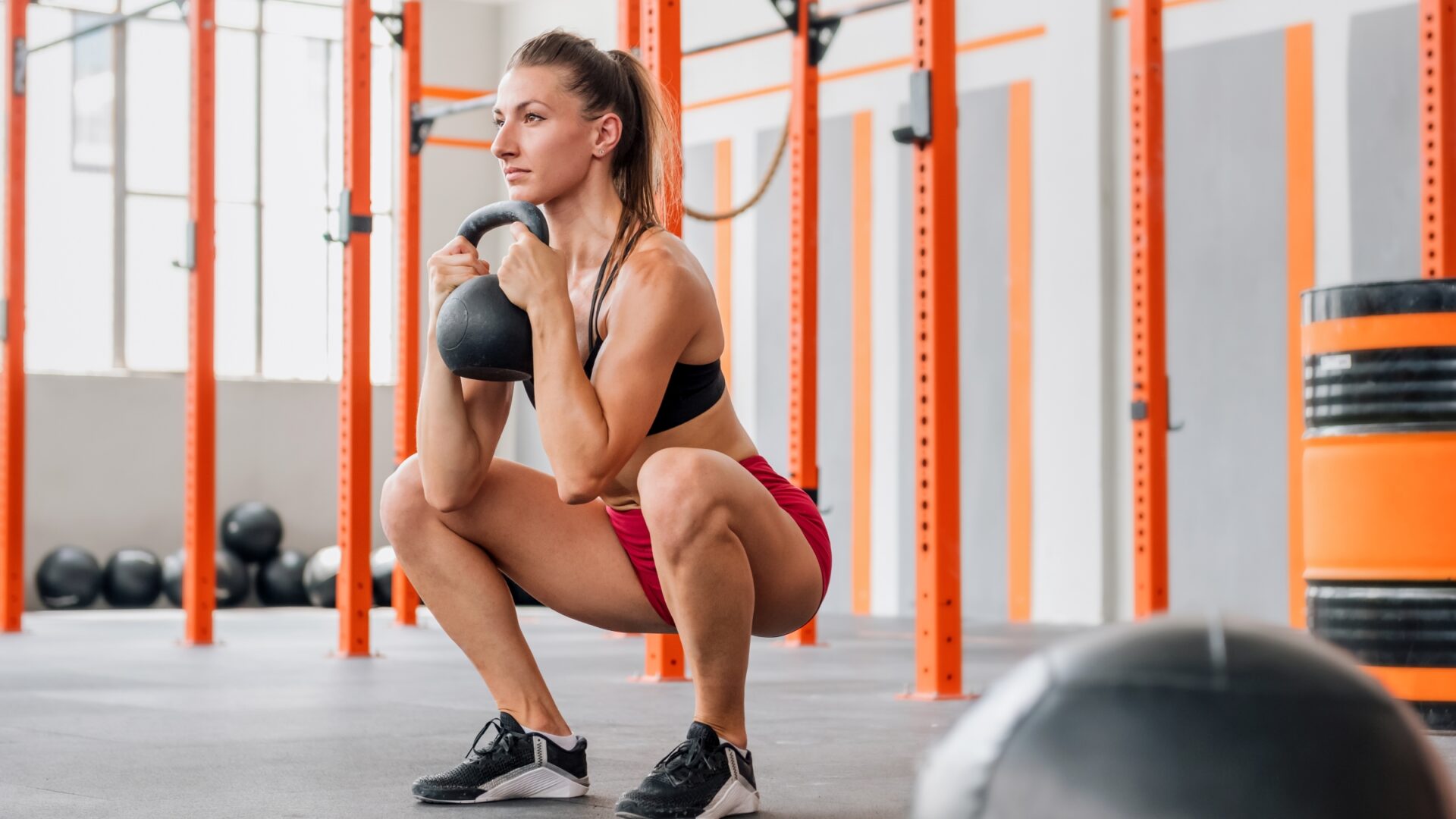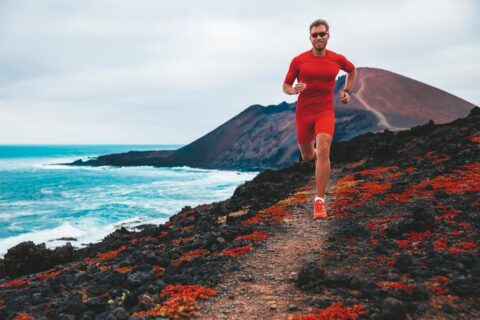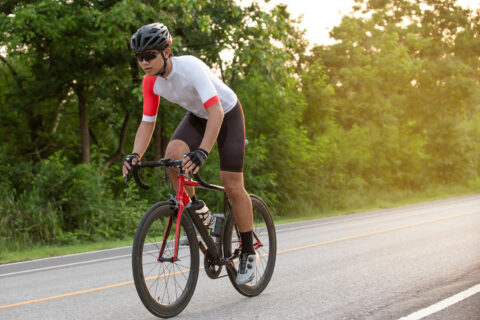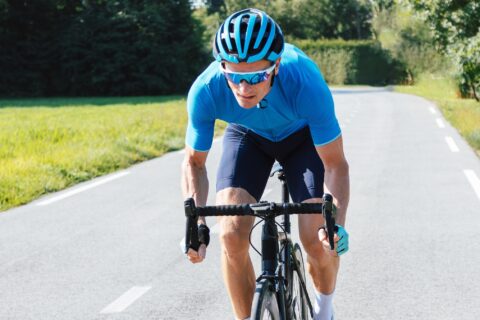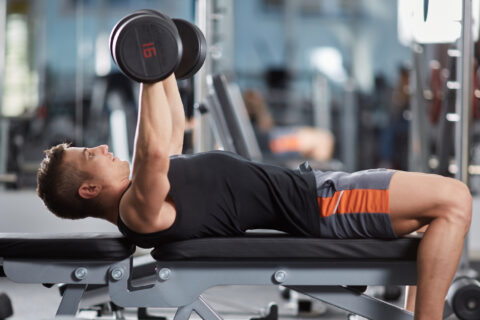We’ve all heard of the squat, and most of us have heard it’s the best exercise in the world—or we’ve heard it’s the absolute worst. Are squats good for you? Or bad? Let’s break down what your actual squat goals should be.
It’s true: as you bend your knees more and lower into a squat, the compressive and shearing forces increase on your knee. Higher stresses on the knee can increase the chances of osteoarthritic changes, but this occurs when someone repeats the motion excessively and with improper form. [1] What this means is that deep squats—to tolerance—have been proven to be safe and incredibly effective at strengthening essential muscles. [2]
Let’s debunk the “squats are bad” myth. A few papers came out in the 1950s and 1960s by Dr. Karl Klein that indicated that deep squatting could cause lasting cartilage and ligament damage. The media caught wind, and Dr. Klein’s large reputation helped push the recommendation that you shouldn’t squat below parallel. [3,4]
Since then, countless studies have disproved Dr. Klein’s work; additionally, EMG activation studies consistently show that squatting past parallel can improve your quadriceps (specifically, your vastus medialis) activation and benefit your overall fitness. [2]
The program should unlock your deep squat while keeping you safe. The goal is not to get as low as you can all the time: it depends on your comfort level and what your goals are. For instance, if you squat to just above parallel, you can get more posterior activation (gluteus maximus, hamstrings, and soleus), [5] and if you squat deeper, your quadriceps have to work harder. [6]
This mobility routine is designed to take 10-12 minutes and can be used as a warm-up before a weightlifting workout. So take yourself through the movements and get moving in the gym!
Workout of the Week: Unlock Your Deep Squat
Leaning Ankle Dorsiflexion
- Place your foot on an elevated surface (like a bench).
- Bend at the knee as much as you can and lean your body forward, against the top of your thigh. Keep your foot flat and focus on getting a stretch into your ankle.
- Gently rock forward and back or hold the stretch for 25-30 sec.
Posterior Hip Flexion
- Start on all fours. Cross one knee over the opposite leg behind you.
- Sink down and back, feeling a stretch in your glute.
- Gently rock forward and back or hold the stretch for 35-45 sec. on each side.
Kneeling Hip Flexor Stretch
- Begin half-kneeling with one foot in front and your torso upright.
- Think of tucking your butt to curl the hips under and feel a stretch in the front of your hip.
- Hold 45 sec. on each side.
Isometric Supported Deep Squat
- Hold onto a post or your sink and slowly lower down into a squat.
- Don’t let your muscles relax at the bottom of the movement—keep them activated to challenge yourself.
- Hold for 10 sec. and repeat up to 3 times.
References
- Kothurkar R, Lekurwale R, Gad M, Rathod CM. Finite element analysis of a healthy knee joint at deep squatting for the study of tibiofemoral and patellofemoral contact. J Orthop. 2023;40:7-16. doi:10.1016/j.jor.2023.04.016
- Jaberzadeh S, Yeo D, Zoghi M. The Effect of Altering Knee Position and Squat Depth on VMO : VL EMG Ratio During Squat Exercises. Physiother Res Int. 2016 Sep;21(3):164-73. doi: 10.1002/pri.1631. Epub 2015 May 11. PMID: 25962352.
- KLEIN, K. (1959) A preliminary study of the dynamics of force as apllied to knee injury in athletics and as related to the supportting strength of the involved musculature. Medicina Sportive. 13 (7), 327–334.
- KLEIN, K. (1961) The deep squat exercise as utilized in weight training for athletes and its effects on the ligaments of the knee. Journal of the Association for Physical and Mental Rehabilitation. 156–11.
- da Silva JJ, Schoenfeld BJ, Marchetti PN, Pecoraro S, Greve JMD, Marchetti P. Muscle Activation Differs Between Partial And Full Back Squat Exercise With External Load Equated. J Strength Cond Res. 2017;31(6):1. doi:10.1519/JSC.0000000000001713
- Bryanton, Megan A.; Kennedy, Michael D.; Carey, Jason P.; Chiu, Loren Z.F.. Effect of Squat Depth and Barbell Load on Relative Muscular Effort in Squatting. Journal of Strength and Conditioning Research 26(10):p 2820-2828, October 2012. | DOI: 10.1519/JSC.0b013e31826791a7
